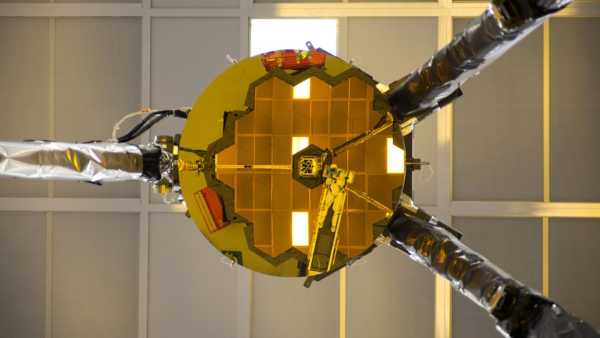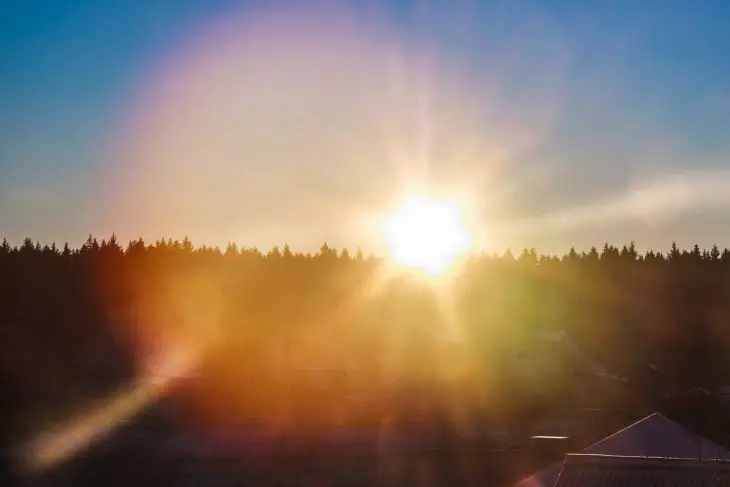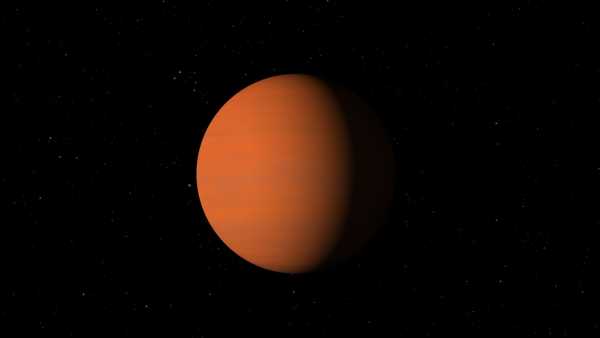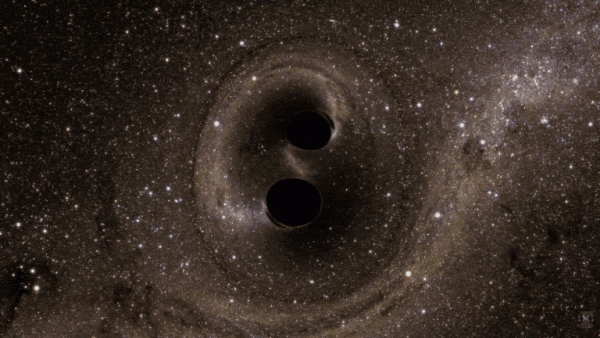
An animation of the black hole merger that resulted in the first gravitational waves being detected. (Image credit: SXS) At a Glance
Discovery: First Gravitational Waves Detected
Date of Discovery: September 14, 2015, 5:51 AM ET (09:51 UTC)
Where: Livingston, Louisiana and Hanford, Washington
Who: Scientists involved in the LIGO scientific collaboration
Ten years ago, on September 14, physicists first detected gravitational waves propagating through space.
The discovery dates back a century. Albert Einstein's general theory of relativity predicted that massive objects warp space-time. He proposed that when such massive objects accelerate, such as when two black holes collide, they create waves in space called gravity waves.
Einstein never thought we would be able to detect them, because the distortion of space-time caused by these waves would be much smaller than a single atom.
You may like
-
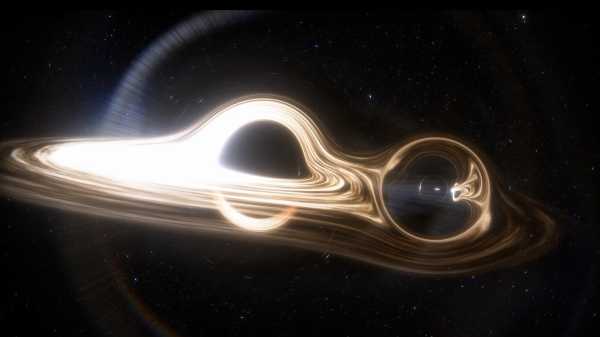
Scientists have recorded the most massive black hole merger in history – and it created a monster 225 times more massive than the Sun.
-
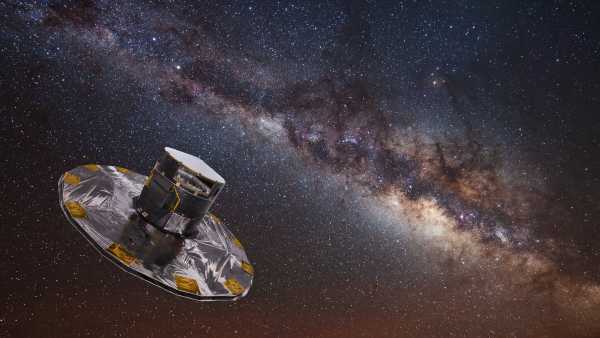
Scientists have discovered a rare planet at the edge of the Milky Way using a space-time phenomenon predicted by Einstein
-
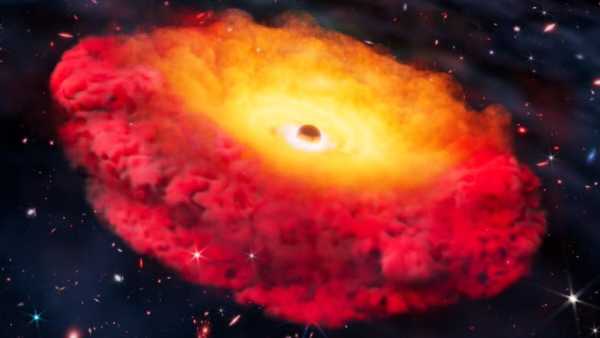
James Webb telescope finds earliest black hole in known universe, peering 'as far back into time as practical'
But in the 1970s, MIT physicist Rainer Weiss, who died in August, suggested that it might be possible to detect these tiny wobbles from colliding massive black holes.
The key to his design was an interferometer that split a beam of laser light. From there, the light traveled along two different paths, bounced off suspended mirrors, and reunited at the source, where a light detector recorded their arrival times. Normally, if the paths were the same length, the two beams would return at the same time.
But if a gravitational wave were passing through, Weiss reasoned, the beams would be slightly out of phase. That's because gravitational waves temporarily compress and stretch spacetime, creating fluctuations in the length of the channels through which the laser beams travel.
Weiss, along with Caltech physicist Kip Thorne, proposed trying to measure these elusive waves. They argued that the detector paths would have to be very long to detect such weak signals. The project also required two detectors spaced widely apart to rule out the possibility that the signals were coming from local disturbances and to help pinpoint the source of cosmic collisions.
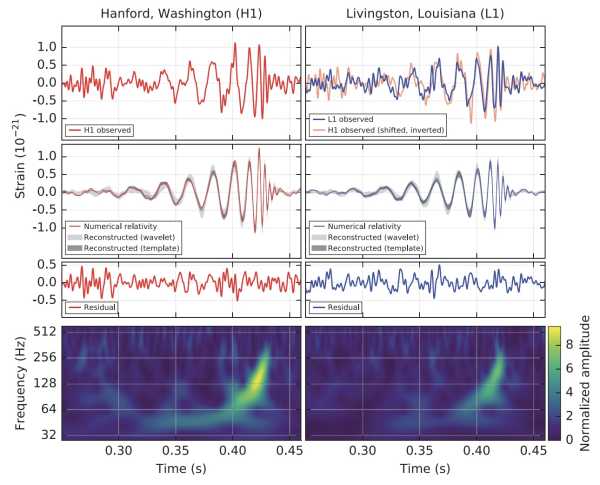
The famous “chirp” waveform that marked the moment gravitational waves were first detected at Hanford (left) and Livingston (right). The top three pairs of images show the warping, or the degree to which spacetime is stretched and compressed as the waves pass. The top row shows the data collected by each detector, and the middle row shows the reconstructed waveform obtained by plugging the detector data into theoretical models of black holes. The third row shows what remains after comparing the reconstructed data to the detector data. The bottom row shows the warping over time, with the frequency increasing over time.
By 1990, the Laser Interferometer Gravitational-Wave Observatory (LIGO) project was approved, and two identical L-shaped detectors with 2.5-mile (4-kilometer) long arms were built at Hanford, Washington, and Livingston, Louisiana, respectively.
For years, the detectors found nothing. So LIGO was upgraded to become more sensitive to increasingly weak signals. A big part of that involved shielding the equipment from vibrations caused by nearby traffic, airplanes, or distant earthquakes that could drown out signals from the distant universe.
In September 2015, scientists switched on the updated instruments.
You may like
-
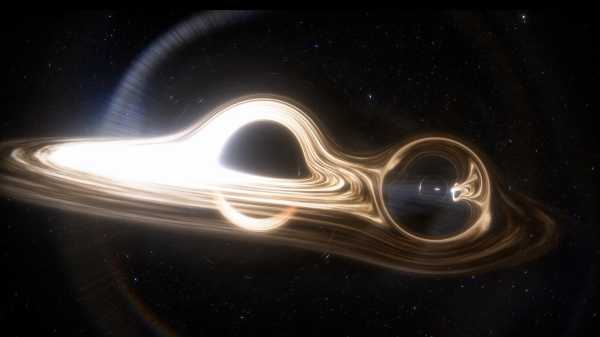
Scientists have recorded the most massive black hole merger in history – and it created a monster 225 times more massive than the Sun.
-
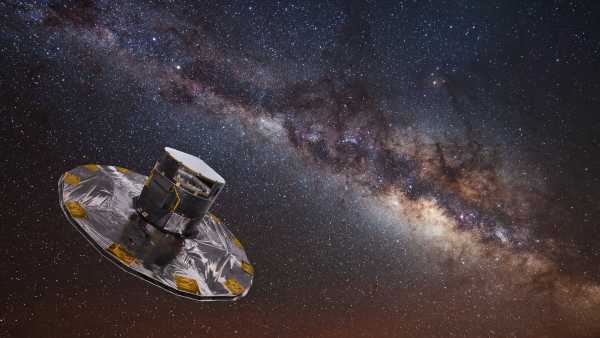
Scientists have discovered a rare planet at the edge of the Milky Way using a space-time phenomenon predicted by Einstein
-
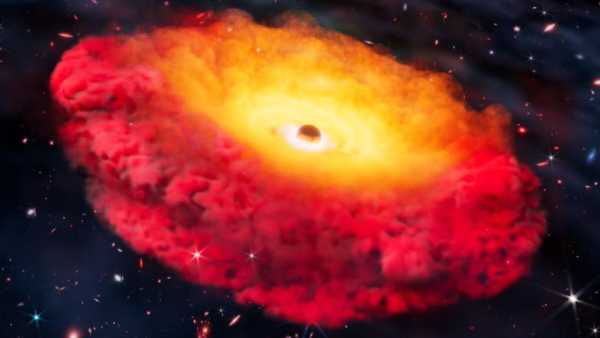
James Webb telescope finds earliest black hole in known universe, peering 'as far back into time as practical'
On the night of September 14, researchers at both LIGO sites discovered something interesting.
“I went to the computer and looked at the screen. And lo and behold, there was this incredible picture of the waveform, and it looked exactly like Einstein imagined,” Weiss said in a documentary about the discovery.
It was a strong “chirp” or oscillation in the length of the detector arms, and it was a thousand times smaller than the diameter of the nucleus.
On February 11, 2016, scientists announced that the event they had detected was the result of a collision between two massive black holes that occurred about 1.3 billion years ago. The European Virgo gravitational wave experiment also recorded the same event.
RELATED STORIES
Scientists believe they have discovered the first known system of three black holes in the Universe and then watched it die.
— Stephen Hawking's long-disputed theory of black holes has finally been confirmed as scientists 'hear' two event horizons merging into one
— Scientists may have just discovered 300 of the rarest black holes in the universe.
The discovery opened up a whole new way to study the most extreme events in the Universe. Since the first detection, LIGO, its European counterpart, the Virgo experiment, and Japan’s Kamioka Gravitational-Wave Detector (KAGRA) have recorded nearly 300 collisions, including triple black hole mergers and black hole-neutron star collisions. In June 2023, a team of scientists announced that a faint “gravitational wave background” permeates the Universe, driven by pairs of black holes racing toward each other across space and time. And in September 2025, LIGO scientists confirmed Stephen Hawking’s long-standing theory about black holes by linking quantum mechanics and general relativity.
For their work, Weiss and Thorne, along with their colleague Barry Barish, were awarded the 2017 Nobel Prize.
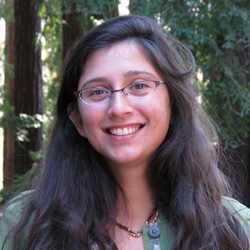
Tia GhoseSocial Links NavigationEditor-in-Chief
Tia is the editor-in-chief and formerly a senior writer at Live Science. Her work has appeared in Scientific American, Wired.com, and elsewhere. She holds a master's degree in bioengineering from the University of Washington, a certificate in science writing from the University of California, Santa Cruz, and a bachelor's degree in mechanical engineering from the University of Texas at Austin. Tia was part of the Milwaukee Journal Sentinel team that published the “Empty Cradles” series on preterm births, which won multiple awards, including the Casey Medal for Distinguished Journalism in 2012.
You must verify your public display name before commenting.
Please log out and log back in. You will then be prompted to enter a display name.
Exit Read more
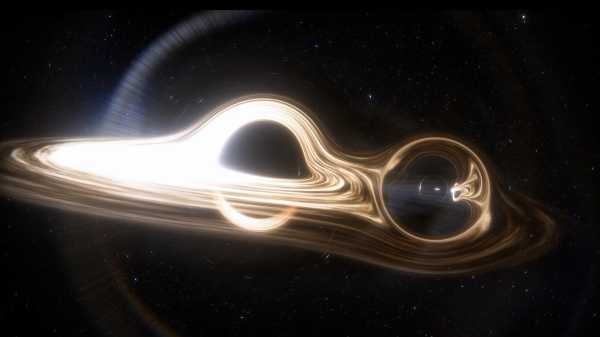
Scientists have recorded the most massive black hole merger in history – and it created a monster 225 times more massive than the Sun.
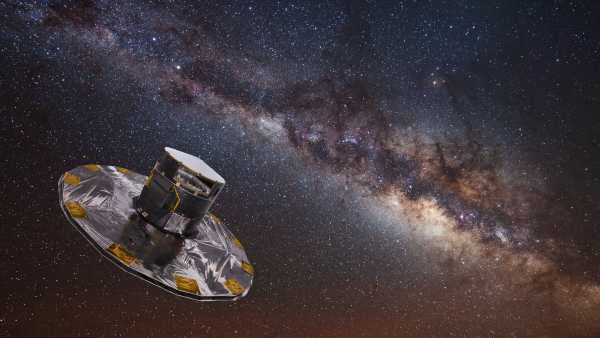
Scientists have discovered a rare planet at the edge of the Milky Way using a space-time phenomenon predicted by Einstein
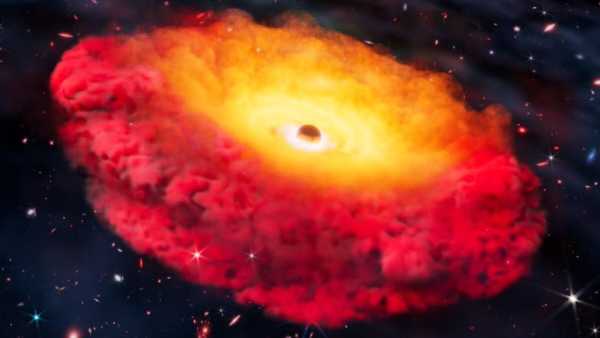
James Webb telescope finds earliest black hole in known universe, peering 'as far back into time as practical'
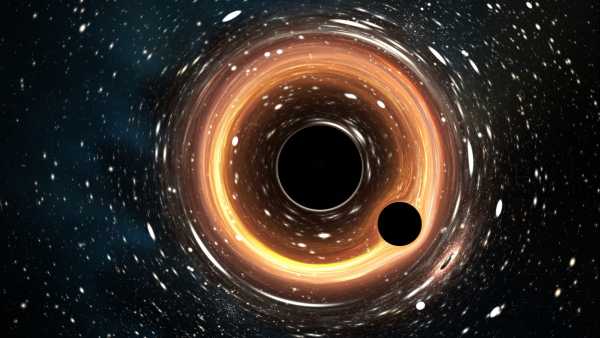
Scientists use Stephen Hawking's theory to propose 'black hole chunks' – strange compact objects that could reveal new physics
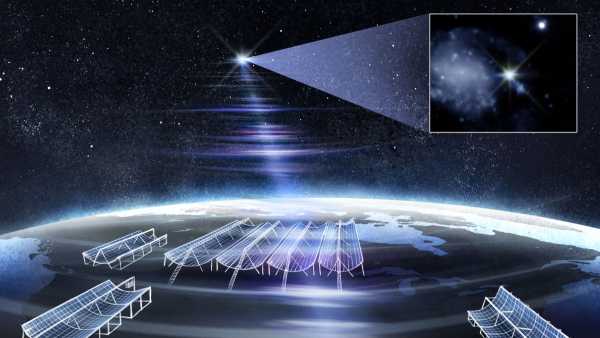
James Webb Telescope Captures Brightest FRB Ever Recorded
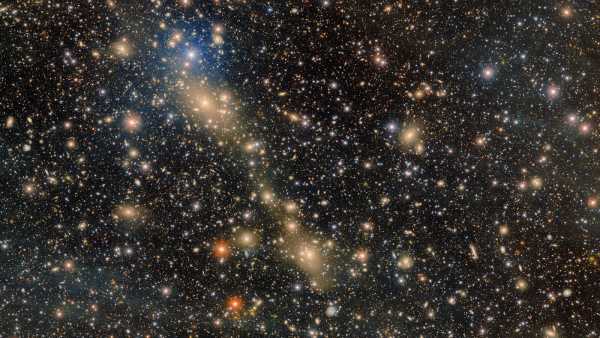
Scientists Capture Bridge of Wandering Stars Being Sucked From One Galaxy to Another
Latest news about black holes
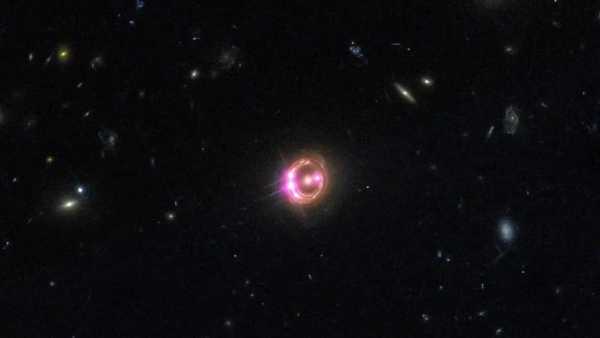
Astronomers use rare 'double zoom' to see black hole's corona in unprecedented detail
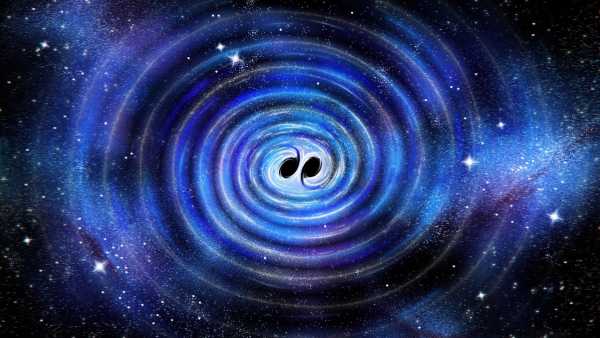
Confirmed! Merging black holes confirms Stephen Hawking's theory.
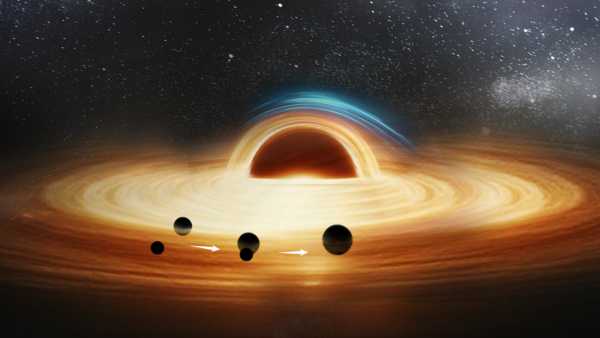
Scientists believe they have discovered the first known triple black hole system in the Universe and then watched it die.
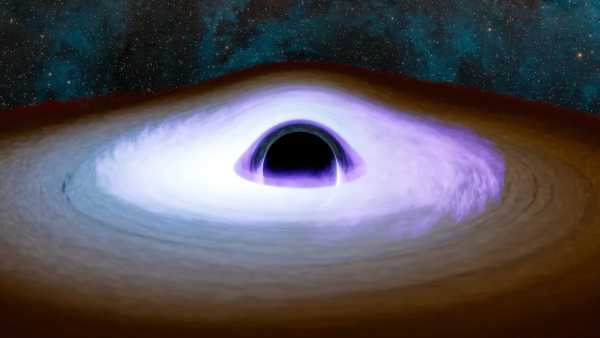
X-ray telescope finds something unexpected in black hole's 'heartbeat'
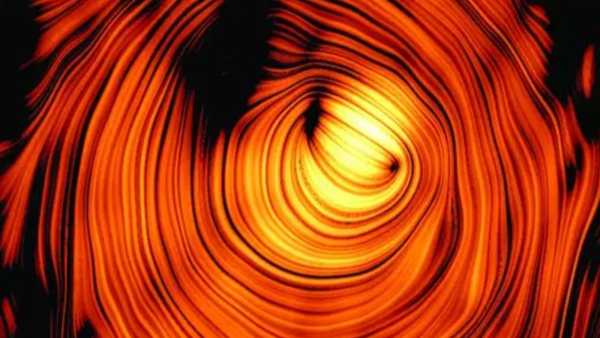
A giant cosmic 'Eye of Sauron' has been captured pointing straight at us in a stunning 15-year-old time-lapse image.
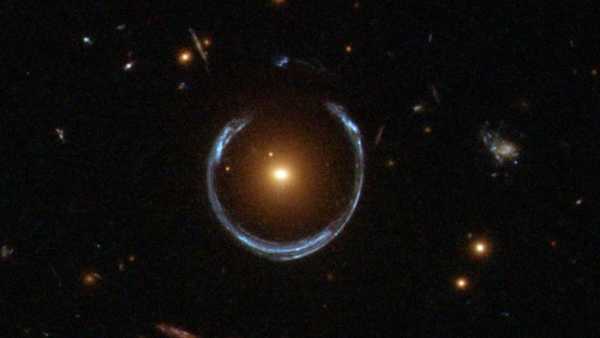
The colossal black hole, with a mass 36 billion times greater than our Sun, is one of the largest ever observed in the Universe.
Latest Features
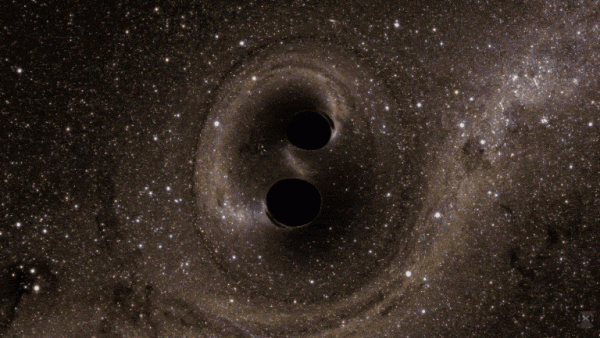
History of Science: Gravitational Waves Discovered Proving Einstein Right – September 14, 2015
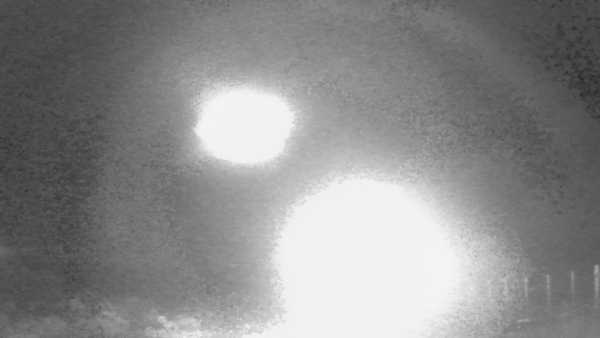
A camera trap in Chile has captured strange lights flashing in the wild. Researchers are trying to explain them.
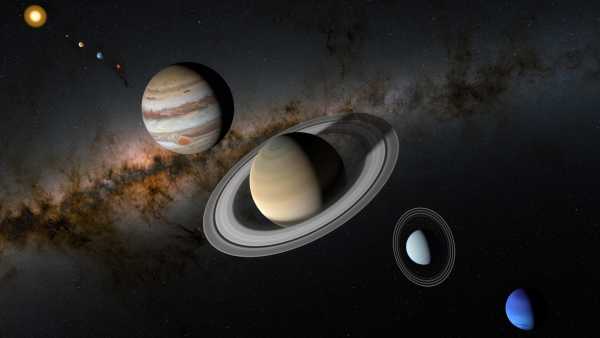
Where in our solar system could alien life exist?
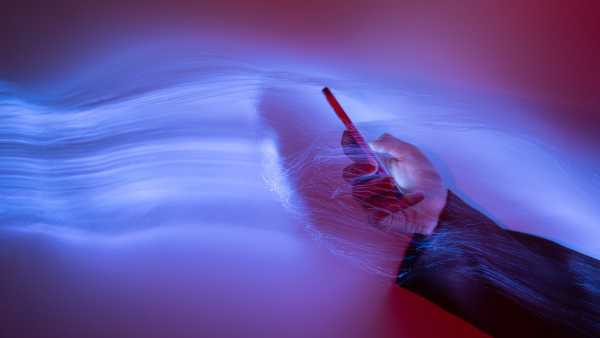
Why do AI chatbots consume so much energy?

Climate action faces a new threat: pessimists who believe it is too late to act

How the Secret of the Origin of the Little Hairy Yakut Horses Was Revealed in the Siberian “Gateway to the Underworld”
LATEST ARTICLES
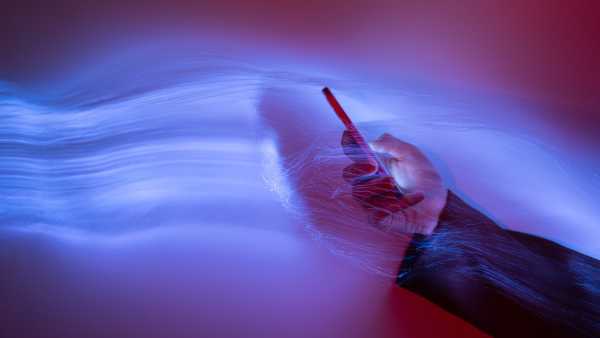
1Why do AI chatbots consume so much energy?
Live Science is part of Future US Inc., an international media group and leading digital publisher. Visit our corporate website.
- About Us
- Contact Future experts
- Terms and Conditions
- Privacy Policy
- Cookie Policy
- Accessibility Statement
- Advertise with us
- Web Notifications
- Career
- Editorial Standards
- How to present history to us
© Future US, Inc. Full 7th Floor, 130 West 42nd Street, New York, NY 10036.
var dfp_config = { “site_platform”: “vanilla”, “keywords”: “type-regular,serversidehawk,videoarticle,van-enable-adviser-
Sourse: www.livescience.com



